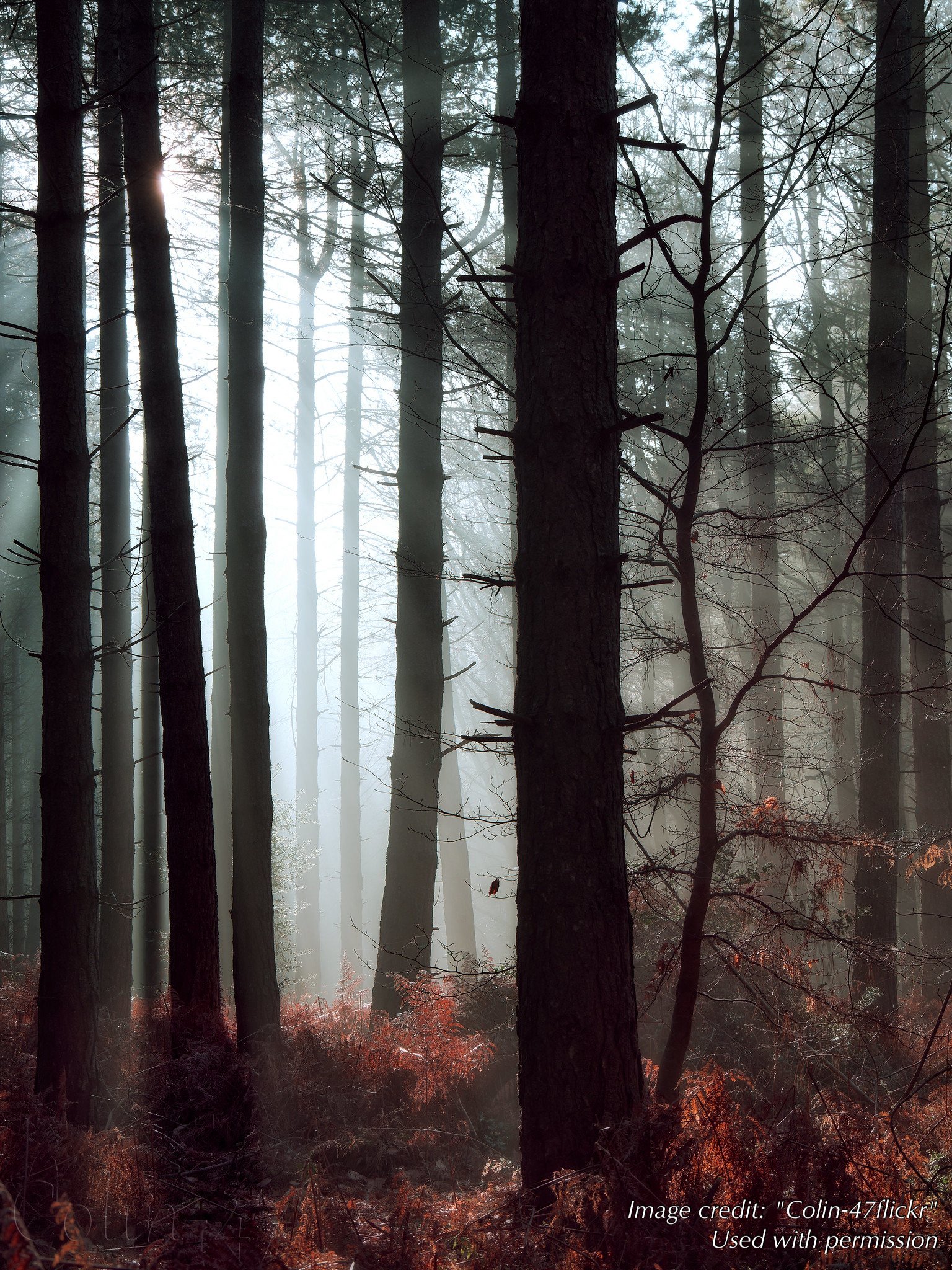Storying Silence:
A Ceremonial Practice for Unsilencing
This is a workbook about the silence that’s been imposed on women for centuries and how to begin to restore your voice through the use of imaginative, creative storytelling, or a process I call storying. This is more than a workbook on how to tell stories; it’s a guide for unsilencing yourself by using a specific process which I’ve found to be helpful in writing my own book and leading writing workshops with other women. To illustrate the process, I’ll begin with a story about a life experience that literally stole my voice and show how I got it back by opening up a creative space where I was able to re-interpret the experience in a way that gave me a stronger sense of autonomy and control over my life. I hope it will encourage you to use this workbook to unsilence yourself.
MOOSE: MY STORY
The death of my former husband, whose life ended violently on an October afternoon while I was teaching stunned me, leaving me in a state of shock and took away my voice. I’ve never shared the story about how his death interrupted my life, stealing my ability to teach for years and even taking away my power to speak. This tale is about stepping out of the obscurity and isolation I experienced to reclaim my voice. I hope that by sharing it with you, you’ll understand how the creative act of storytelling can fill the void left by silence. It’s a process I call storying silence and it transformed me from a bereaved widow into a writer.
Within a few days of my husband’s death, I took a sabbatical leave, hoping to give myself time to recover. But at the end of each day, as I sat watching the sky swallow the sun outside my large dining room window, I felt myself fading away. Within a couple of weeks, I spiraled into a deep depression. One morning, about a month later, I stood in my kitchen shuffling through unopened mail when a letter caught my attention. The words, “Narrative Research Conference,” in the top corner of the envelope caught my attention so I took out the letter, unfolded it and read the first line aloud.
“Congratulations. We’re writing to invite you to speak at the Interdisciplinary Conference on Narrative Research.” The event, at St. Thomas University in New Brunswick, Canada, would be centered on the power of story to shape our lives. As I read the details, it hit me just how much I missed working with writers and their stories. For years stories had been at the center of my life, the theme in the classes I taught, the subject of my graduate studies, and, in all honesty, they helped me to make sense of the way my life seemed to unfold in one dramatic episode after another. Just thinking about it sparked my creativity and I sat down at the desk that evening to work on my talk.
I came up with the title, “(WO)man in the Mirror,” based on the Michael Jackson song, “Man in the Mirror,” and focused the talk on the link between personal experience and research, using my own life to show how academic researchers are sometimes unable to separate their lives from their work. I fantasized that speaking to a group of professionals from the fields of psychology, literature, philosophy, and communications theory would be my entry back into my professional life. And a way out of my grief-stricken silence. As I wrote, a desire stirred deep within me to begin to live again, something I hadn’t felt for a long time. So, on impulse, I decided to turn the trip into an adventure by driving up the northeastern coast to the university rather than flying. The day before the conference began, I packed my bag, jumped into the car and drove 10 hours north, through New York, Massachusetts, New Hampshire, and Maine, reaching the Canadian Border at about one in the morning. Adrenaline pumping through my body, my senses were heightened by the idea of leaving behind the sorrow that had come to define my life. When I explained the purpose of my visit to two border guards checking my passport, they wanted me not to go further.
“This is not a safe highway to travel in the middle of the night,” the oldest man said.
“I have to go on,” I protested. “I have to speak in Frederickton—115 miles away in just a few hours.” He explained, the trip would take me deep into the wilderness of the Wabanaki Acadian Forest, where long stretches of highway were separated by only one or two rest stops.
“Nothing will be open at this time of night,” he said. Then, to make sure I understood, he added, “It will be very dark so watch for bear and moose on the road.”
Seeing my lack of concern, the older guard joined in. “This is a desolate area where several indigenous women disappeared in recent months. The body of one woman was discovered near here just a few weeks ago.”
I should have been intimidated but their warnings only made me more determined to continue. For over a year I’d been roaming across a landscape of misery and I was intrigued by the idea of entering into a different time zone and crossing geographic and cultural boundaries.
The idea of driving into the darkness, moving through an ancient forest and emerging on the other side felt like a ritualized way to come out of the cave I’d been living in. So, in spite of their admonitions, I drove away, my phone charged, my car loaded with sugary snacks to keep me awake. Running across a moose or any other more-than-human being on an isolated highway didn’t seem very frightening to me.
To be continued.… mid-2025

